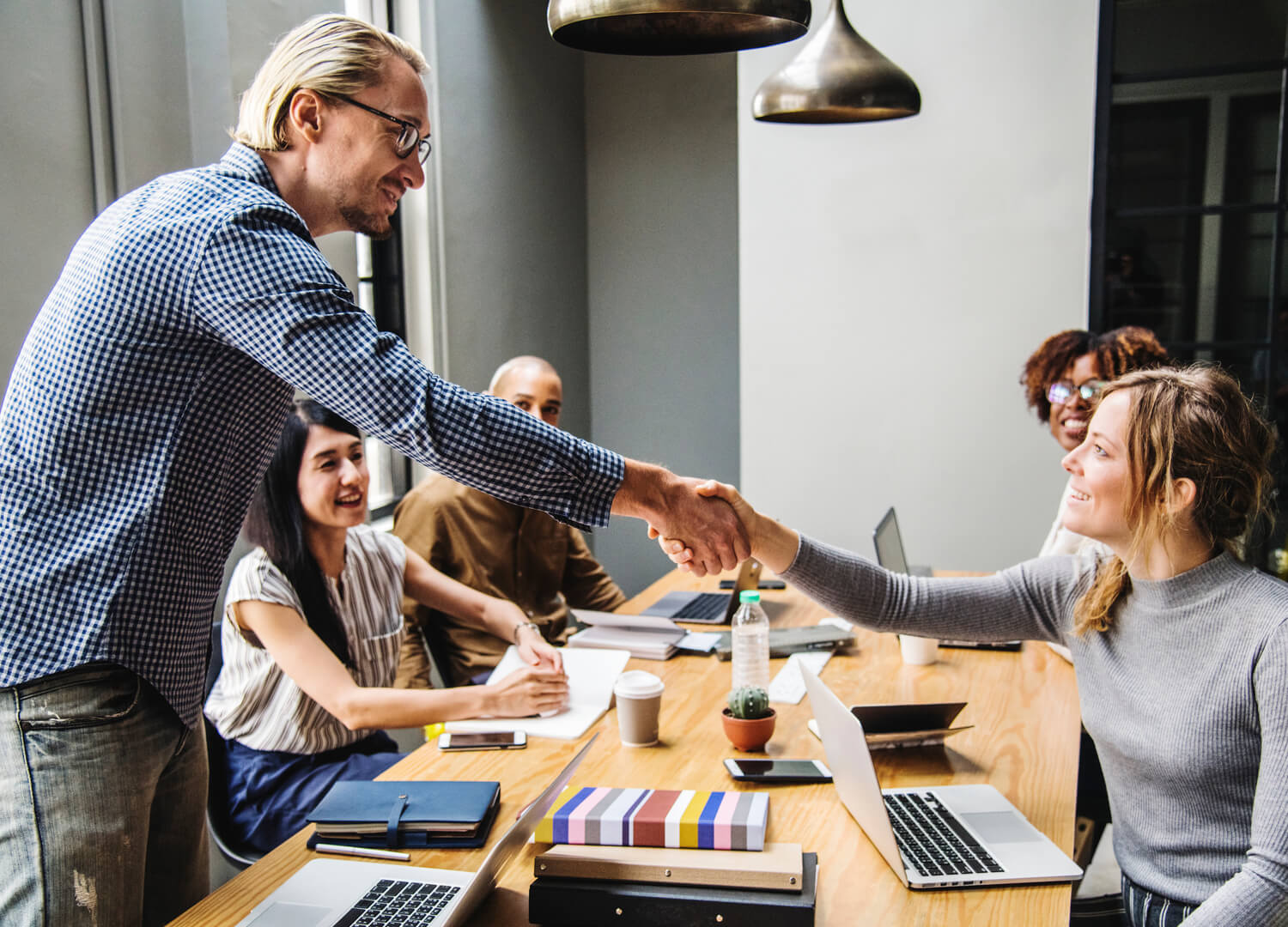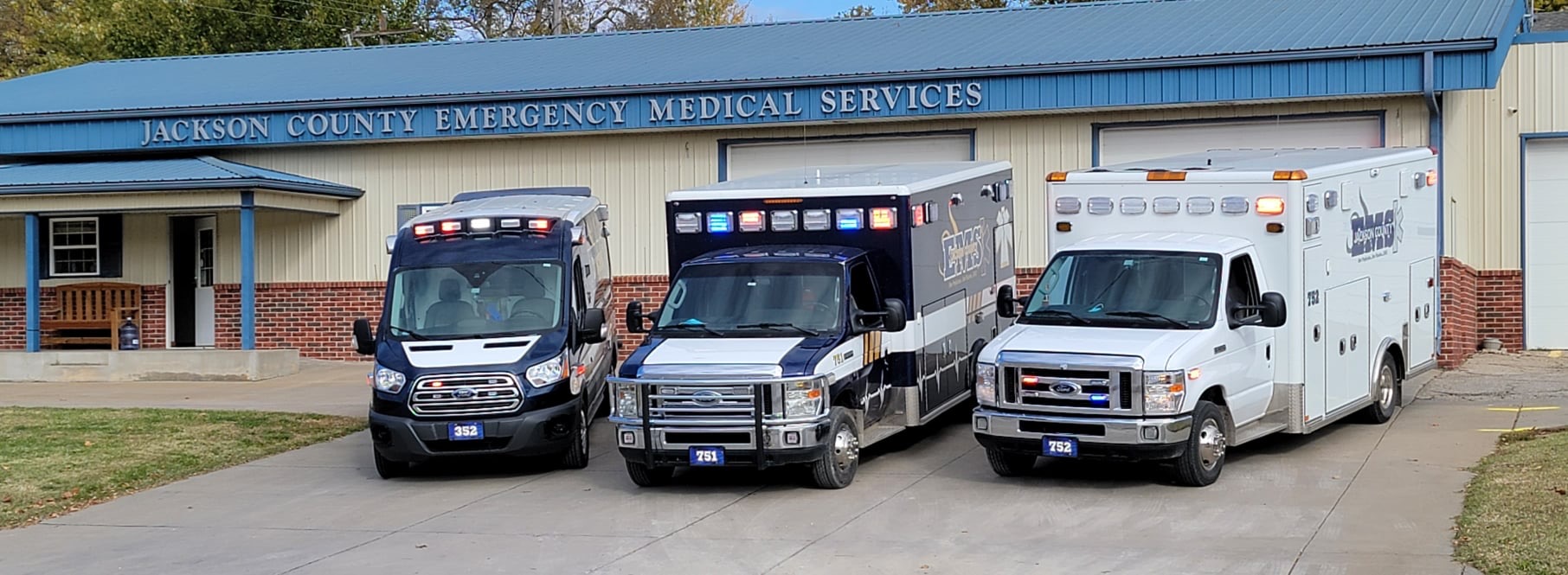Make a Difference as a Member of the TECHS Team
JOIN THE TEAM. APPLY NOW.
Join Our Team of Dedicated EMS Providers
At TECHS, we are committed to providing the highest quality emergency medical care to our community. As part of this mission, we are always looking for motivated, compassionate, and skilled professionals to join our team. Whether you’re just starting your career in EMS or looking to take the next step, TECHS offers a variety of roles that provide opportunities for growth and professional development.
Why Work at TECHS?
- Competitive Salary and Benefits: We offer competitive compensation, comprehensive benefits packages, and opportunities for advancement.
- State-of-the-Art Training: TECHS invests in the continuous education and training of our staff, ensuring that you stay at the forefront of EMS practices.
- Supportive Work Environment: Our team is dedicated to fostering a positive, supportive work culture where every member plays an essential role in providing top-tier patient care.
- Career Development: We encourage ongoing education and provide opportunities for specialization, including training for advanced certifications in EMS and leadership roles.
Current Open Positions
We are currently accepting applications for the following roles:
- Apparatus Operator (AO)
- Emergency Medical Responder (EMR)
- Emergency Medical Technician (EMT)
- Advanced Emergency Medical Technician (AEMT)
- Paramedic (EMT-P)
If you’re passionate about emergency medical services and want to make a difference in the lives of others, consider applying to be part of our team.
How to Apply
To apply for any open positions, please follow these steps:
- Submit Your Application: Click on the link to complete your application. Be sure to include your resume and any relevant certifications.
- Contact Us: For any inquiries regarding open positions or the application process, please contact Brent Teter at teter705@gmail.com. We’re happy to provide additional information.
Our Ideal Candidate
We are looking for individuals who embody the core values of integrity, teamwork, and professionalism. Our ideal candidates have:
-
- A strong commitment to patient care and safety
- Excellent communication and interpersonal skills
- The ability to thrive in high-pressure situations
- A passion for learning and professional growth
- The ability to work collaboratively in a fast-paced, team-oriented environment
If you believe you have what it takes to be part of a dedicated, compassionate team that provides exceptional emergency care, we want to hear from you.
TECHS is committed to the principle of equal employment opportunity and it is our policy to ensure equal employment opportunities for all, without regard to race, color, religion, sex, national origin, age, disability, veteran status or any other non job-related characteristic protected by law.

Stay In Touch
Get In Touch With Our Business Team.
main office
300 West 4th ST
Holton, KS 66436
teter705@gmail.com
+785-364-1911
Monday – Friday 8am- 5pm

